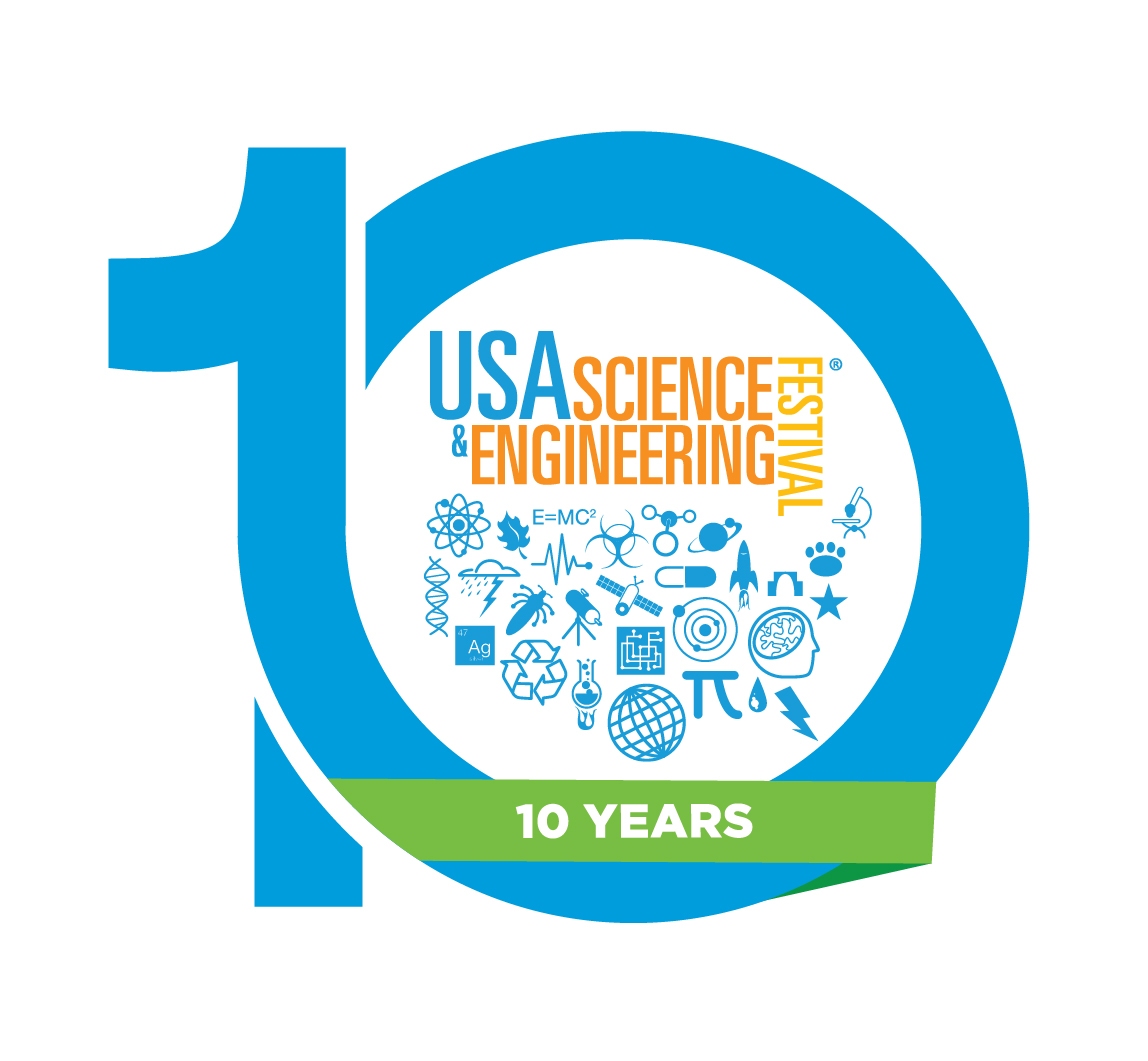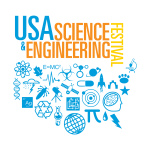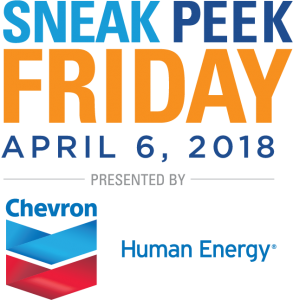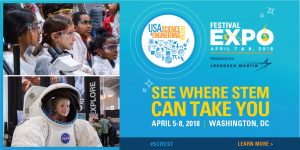Space School is Now in Session
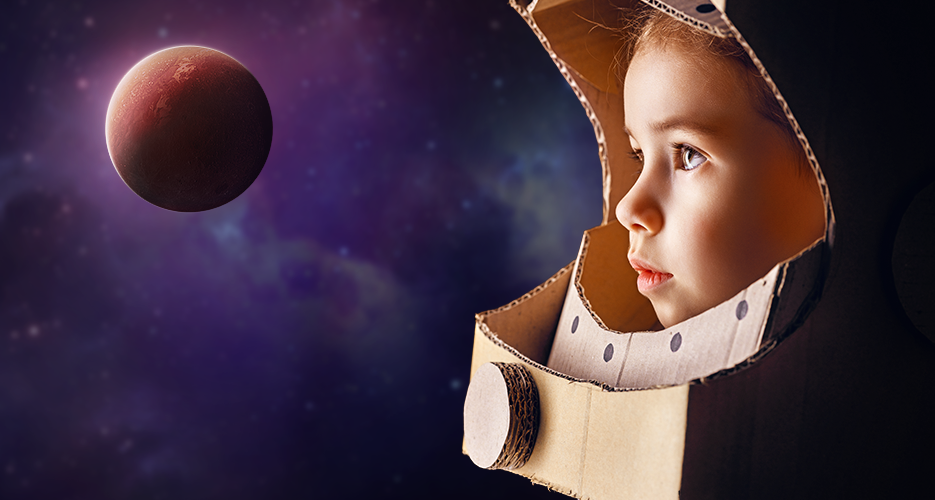
Today’s middle school students are going to be future presidents, inventors and journalists. But they’re also going to be the first generation to go to Mars.
By the 2030s, NASA’s goal is to send the first astronauts to Mars, and to successfully design and navigate deep space missions, we must have a skilled workforce to get the job done.
At Lockheed Martin, we recognize that the success of fueling the next generation of deep space explorers depends on the actions we take today. That’s why this back-to-school season Lockheed Martin is blasting off to space academy in the search of future recruits.
As we near the end of the Orion spacecraft’s design and development phase, and with the first human missions to deep space approaching, our next assignment is to build a habitation module to help astronauts live safely and comfortably in deep space.
The Next Step on the Journey to Mars
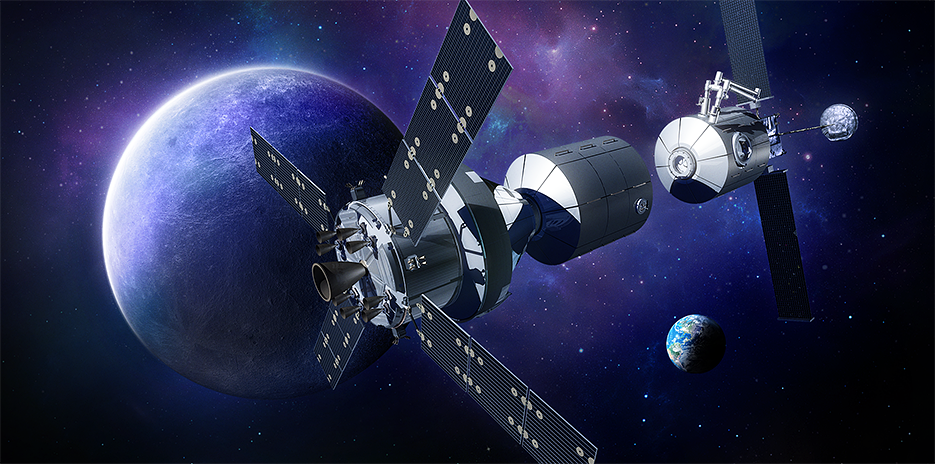
What will it take to place the first human on Mars? It’s tougher than you think. Travel time would be about nine months there and about nine months back. And because Earth and Mars don’t revolve around the sun at the same speed, astronauts at Mars would need to wait a year or more for the planets to align again before beginning the journey home.
That’s why NASA’s Orion spacecraft is built for 1,000-day missions into deep space. Its advanced systems for deep-space navigation, life support and communications will keep the crew safe, healthy and productive on long-duration missions.
As part of NASA’s Next Space Technologies for Exploration Partnerships (NextSTEP) program, Lockheed Martin is studying the capabilities needed to support human pioneering in deep space. To explore the depths of our galaxy, habitats are essential to keep astronauts safe, healthy and productive
This is where we need you. To initiate our next bold adventure, Lockheed Martin is asking students to design a habitation module for the first crew to Mars.
T-0: Activate Video Challenge
To show students how science, technology, engineering and math skills can take them further than they’ve ever imagined–even to Mars–Lockheed Martin and Discovery Education have launched the Generation Beyond Video challenge.
Students, grades sixth through eighth, are encouraged to stretch their imagination and skills to show how they would design the Orion habitation module that will one day carry astronauts to Mars. And, the best entries will win out of this world prizes.
Lockheed Martin launched Generation Beyond at the opening ceremony of the 2016 USA Science & Engineering Festival. It’s a first of its kind, national educational program designed to bring the science of space into thousands of homes and classrooms across America.

